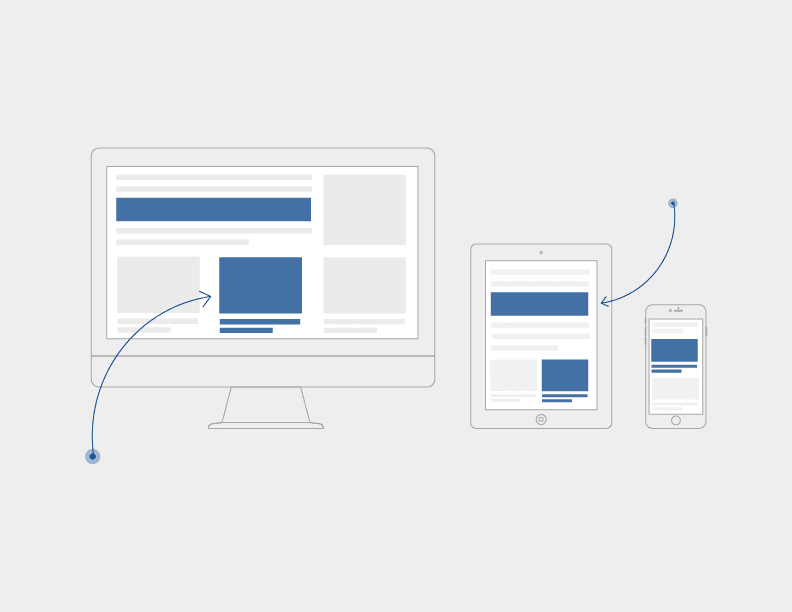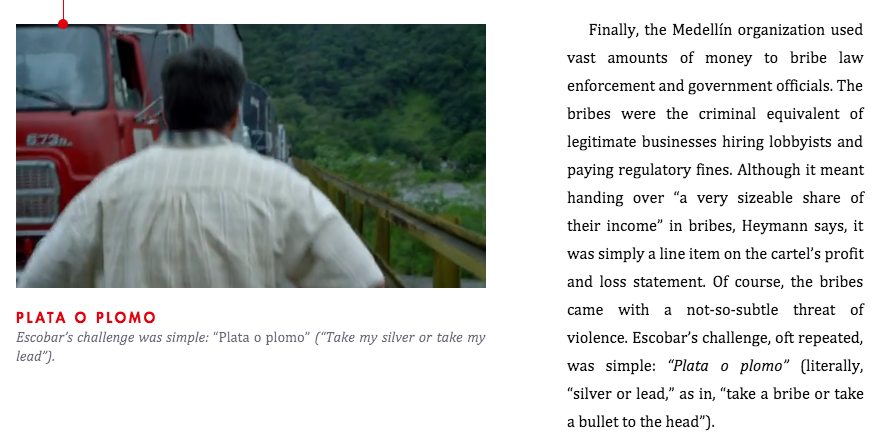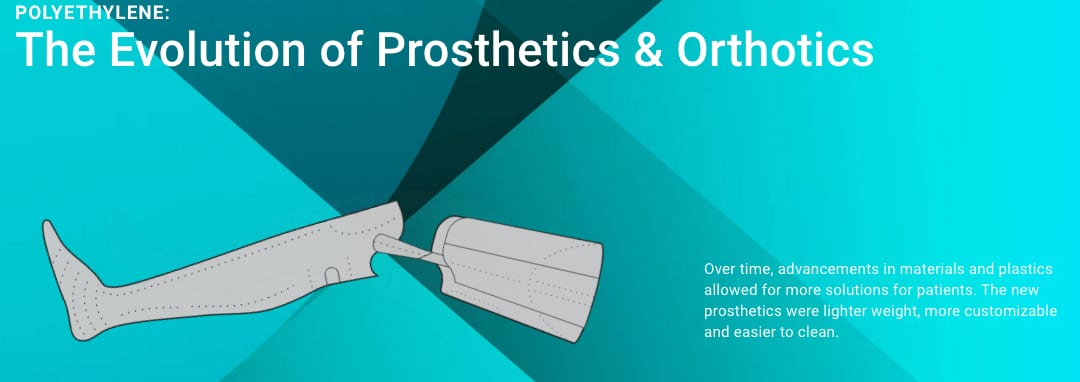In the past few years, traditional advertising has suffered. Both performance agencies and branding agencies are in need of new channels to reach customers on behalf of their clients—but customers are tired of seeing irrelevant, impersonal ads for products they do not need or want.
Traditional ads are becoming obsolete—in fact, native advertising platforms like Taboola get 10x more clicks than other forms of traditional online advertising.
Today, the average click-through rate of a traditional, online display ad is only .35 percent, and the conversion rate is .89 percent. This is due to the fact that 429 million people around the world utilize an ad blocker on their mobile phone. One estimate revealed that mobile ad blocking is growing 90 percent year over year.
Seventy-percent of consumers prefer to learn about products through content nowadays than through traditional advertising. That means agencies and the companies they represent need to provide value to customers and target them with relevant advertising they will find useful.
The Marketer's Guide to the Major Players in Native Advertising
Native advertising is the best way to reach a quality audience.
Native advertising, which entails publishing advertorial content on a publisher’s website, can help propel your clients’ messaging and get them in front of the right audience.
Kristin Marquet, Founder and Creative Director of Creative Development Agency spoke about the effectiveness of native advertising:
“it’s very affordable for just about any sized-business. Native advertising performs better overall because it’s not disruptive and annoying like banner and other forms of traditional advertising. Native advertising can increase brand awareness quickly.”
– Kristin Marquet, Owner, Creative Development Agency
If you want your clients to experience all of the benefits of native advertising, here is how you can convince them that it is worth their while.
Step 1: Show them the data.
Native advertising is effective. Just take a look at the stats.
According to Forbes, people are 25 percent more likely to engage with a native ad than with a banner ad, and 53 percent of native ad engagement is positive. In addition, native advertising can produce up to 82 percent in brand lift and purchase intent is 53 percent higher when it comes to native ads.
One study shows that 71 percent of publishers did not receive any major complaints from readers after they featured native ads.
There is no doubt about it: statistics prove that native advertising not only works, but that it also helps businesses make more sales than they did with banner ads.
Step 2: Convince them it’s necessary to stay competitive.
Brands all across the board are investing heavily in native advertising.
According to eMarketer, in 2018, native display ad spending will increase by 27.9 percent and reach a total of $28.24 billion. Native display ad spend will account for more than half of total display ad spending in the United States.
In this case, examples of native digital display ads include sponsored content, promoted content, content recommendation widgets—which is what we’re focusing on here—as well as in-feed units (e.g., Facebook, Twitter, Yahoo News), rewarded video ads and out-stream video ads within a feed or article. This statistic excludes in-stream video ads (e.g., YouTube).
Basically, to stay competitive and capture their audience’s attention, your clients must also buy into native ads. Otherwise, other companies are going to beat them to it.
If your clients want some ideas for native advertising, they can check out great examples from other brands. For instance, when promoting “Narcos,” Netflix sponsored a native ad on The Wall Street Journal’s website.
Titled, “Cocainenomics,” it detailed how cocaine dealers from Medellín changed the multibillion dollar global drug trade. It tied into their content, the television show, and intrigued readers of the finance-focused newspaper. The article provided valuable information and acted as an effective ad for “Narcos.”
Let them know about the opportunity to reach audiences and save time.
Oftentimes, companies will blog on their own websites and post on their social media accounts. While it is necessary to do these things, the problem is that the audience is not always there.
It takes years to grow an audience and find the exact demographic you are trying to reach. Plus, to do all this content marketing, your clients will have to hire strategists, writers, photographers, editors and other content creators. The costs can add up overtime.
Native advertising, on the other hand, offers a chance to connect with your audience instantly.
“[Native advertising is] one of the best ways to reach very specific audiences who will perform the action you’re asking, [for example], opt-in to get a download, sign up for a free trial or demo, read a blog post [and etcetera]. [It’s] at a very low cost in contrast to traditional advertising.”
– Kristin Marquet, Owner, Creative Development Agency
Recently, American Petroleum Institute used The Washington Post’s native ad platform, WP BrandStudio, to showcase how plastic is positively changing the world.
At the bottom of their informative and fascinating article, they included a banner that readers could click to learn more about the American Petroleum Institute.
With their ad, they reached their target demographic without having to spend years building up their own website and social media audience.
Step 4: Getting your clients started with native advertising.
If you have successfully convinced your clients to try out native advertising, it is now time to determine where they should place their content, what they should promote and what the most effective call-to-action would be for that audience.
Once the campaign runs, it is crucial to measure results to for possible improvements for next time, and to see return on investment (ROI). If you optimize your native advertising properly, your clients will be more than satisfied with their results and want to invest into more into this method.


